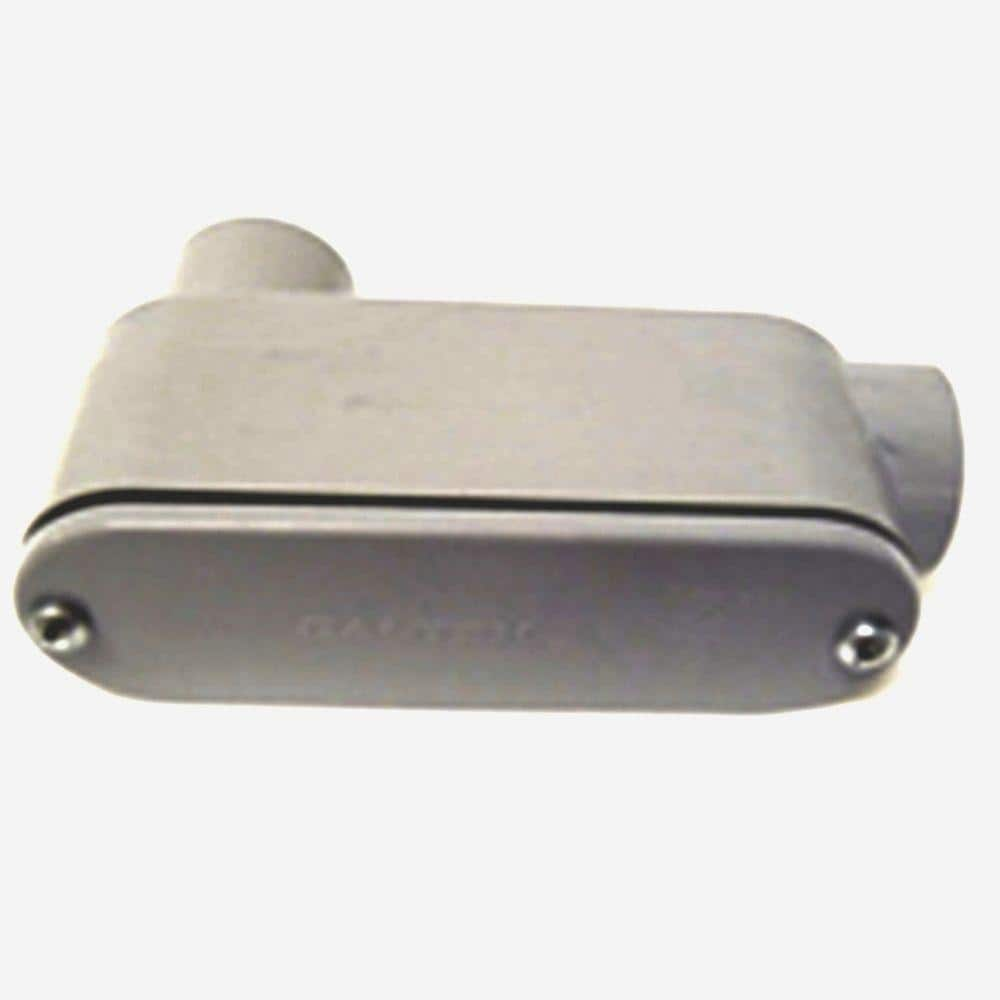I'm planning to install an EVSE (electric car charger). It'll be a 20 amp unit, on a 25-amp breaker (in an under-utilized sub-panel that's much closer to the parking area than the main panel). It's still a good 70 ft though, 20 feet up and 50 feet horizontally. I'll need three strands of #10 THWN wire (ground plus two hots, no neutral needed); this handles the OCPD limit and provides reasonably-small voltage drop (#10 stranded is about 1 ohm per 1000ft).
I'm wondering about the pros and cons of using rigid PVC conduit versus flexible non-metallic liquid-tight conduit, as well as what size to use. The tables in the NEC say that the 1/2" size of either type can handle 6 strands of THWN. But I've read that pulling through 1/2" over that distance and with a right-angle bend, is going to be really tough, so I'm planning to use 3/4". But I'm still unsure which to use.
I'm thinking pulling the wire will be easier with the rigid PVC, because the inside is smoother and I can put a conduit body at the right-angle turn. On the other hand, I could run the wire through the liquid-tight BEFORE I install it, at my leisure and with it more or less straight; but this means that I must either determine and cut the exact length of liquid-tight beforehand, or else manage to cut it to length as I'm installing it, without damaging the wire that's already in it. A final factor is that this will all be about 25ft off the ground - coming up the 20ft and then laterally 50ft along the bottom of a catwalk that leads to the parking area. Fortunately I'm a climber, so can do this on an extension ladder, with a belay off the many deck and catwalk supports that are available. Under these conditions, I think the liquid-tight with pre-installed wire would be easier to work with.
I welcome your thoughts on this. I never pulled wire through anywhere near this length of conduit, and I'm just not sure how tough it is.
I'm wondering about the pros and cons of using rigid PVC conduit versus flexible non-metallic liquid-tight conduit, as well as what size to use. The tables in the NEC say that the 1/2" size of either type can handle 6 strands of THWN. But I've read that pulling through 1/2" over that distance and with a right-angle bend, is going to be really tough, so I'm planning to use 3/4". But I'm still unsure which to use.
I'm thinking pulling the wire will be easier with the rigid PVC, because the inside is smoother and I can put a conduit body at the right-angle turn. On the other hand, I could run the wire through the liquid-tight BEFORE I install it, at my leisure and with it more or less straight; but this means that I must either determine and cut the exact length of liquid-tight beforehand, or else manage to cut it to length as I'm installing it, without damaging the wire that's already in it. A final factor is that this will all be about 25ft off the ground - coming up the 20ft and then laterally 50ft along the bottom of a catwalk that leads to the parking area. Fortunately I'm a climber, so can do this on an extension ladder, with a belay off the many deck and catwalk supports that are available. Under these conditions, I think the liquid-tight with pre-installed wire would be easier to work with.
I welcome your thoughts on this. I never pulled wire through anywhere near this length of conduit, and I'm just not sure how tough it is.


